Continuing the ongoing series of interviews with creative artists working on various aspects of movie and TV productions, it is my pleasure to welcome Etzel Ecleston. In this interview she talks about the art and craft of makeup, and her work on “Archive 81”.
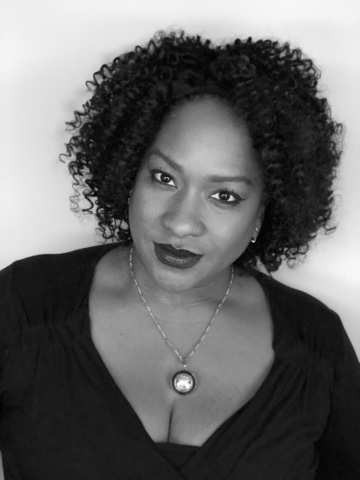 Kirill: Please tell us about yourself.
Kirill: Please tell us about yourself.
Etzel: My name is Etzel Ecleston, and I was one of the Department Heads on “Archive 81”. It was brought to my attention that a Key Makeup Artist’ position was available due to the initial Makeup Department Head moving on to another project. I was referred to the project by fellow colleagues as they knew this is the type of makeup genre that I truly enjoy. It has action, suspense and it has special effects as well.
While filming the last couple of episodes, an opportunity came up where I was promoted to Makeup Department Head.
Kirill: And stepping back a little bit towards the beginning of your career, what brought you into the field of makeup, and more specifically into doing makeup for visual storytelling?
Etzel: I started out at the MAC cosmetics counter as a makeup artist, and there I fell in love with being able to change someone’s emotions if they were feeling down prior to doing their makeup. That was a good practice to speak to people and to have a multitude of people in one’s makeup chair.
After 2-3 years I found that as I was binge watching movies, and I was sitting all the way through the end credits to see who did the makeup. A lot of people like myself watch Marvel movies and stay for the post-credit scenes, but I was also doing that to see the makeup department credits. I wanted to be a part of the entertainment industry, and I became involved in independent films. I joined the makeup union, which opened the doors to meet amazing people within the entertainment industry, and to get referred for amazing projects that I have been blessed to be working on.
Kirill: As you joined the industry and saw the behind-the-scene making of the movie magic, has it reduced in any way your enjoyment as a viewer?
Etzel: I like being able to see how things are broken down. I love contributing to these stories, and I love being able to see how a story comes together. There is no disappointment or loss of enjoyment in seeing how that magic is made. I love being a part of this collaborative effort.
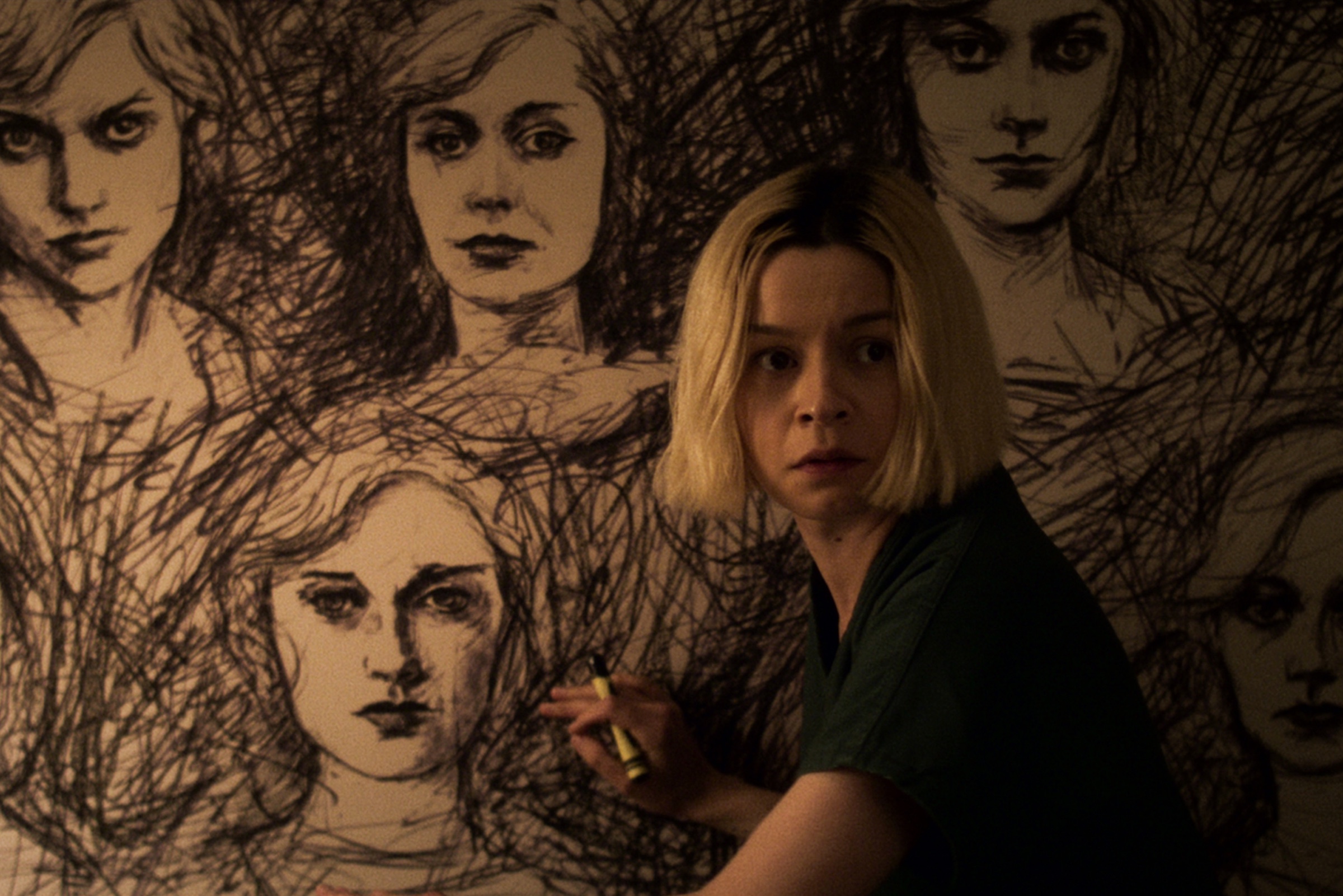
Julia Chan as Anabelle Cho in episode 108 of “Archive 81”. Courtesy Netflix.
Kirill: Our home screens keep on getting bigger and higher resolution. Do you find that you need to do more, or maybe do things a bit differently as both digital cameras and our screens are getting that much more detailed?
Etzel: It definitely depends on what the character calls for. Certain executive producers and directors don’t like seeing a lot of makeup on the actors for specific scenes of the characters being portrayed. As a makeup department head, you have to remember what the director is asking for, and sometimes have to compromise remembering the cameras have much higher resolutions.
On “Archive 81” we have Melody Pendras placed in 1994, and her makeup was designed with the idea that she is a graduate student who doesn’t have a lot of money, but who still wants to look presentable. Then, that drives the choice of specific products on her face that would also look historically correct. Generally, it’s about what the character is calling for.
Kirill: Do you find that natural look is something that people assume is easier to do compared with more elaborate period makeup?
Etzel: Sometimes it is perceived that way by people who are not in the entertainment industry or are not makeup artists. In my opinion, it is not quite so. We have higher resolutions, such as 4K, and sometimes you do have to do a little bit more work for the person to look completely “natural” and the products that you use have a big influence on that.
Continue reading »
Continuing the ongoing series of interviews with creative artists working on various aspects of movie and TV productions, it is my pleasure to welcome Martim Vian. In this interview he talks about the art and craft of cinematography, the transition of the industry from film to digital, his love of storytelling, and the impact of the ongoing pandemic on his industry. Around these topics and more, Martim dives deep into his work on “Voir”, a series of visual essays celebrating cinema.
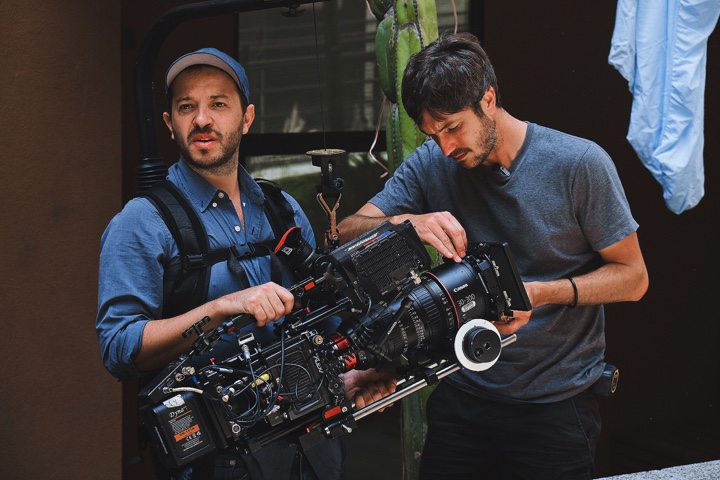
Martim Vian (left) on set.
Kirill: Please tell us about yourself and why you wanted to be a part of this field.
Martim: I grew up in Lisbon, Portugal and I have wanted to make movies since I was a kid. I used to say that I wanted to be an animator for Walt Disney because those movies moved me and I wanted to be a part of that process.
As I grew up, that evolved. The movies I was watching started to change, and we started getting these little behind-the-scenes featurettes of big Hollywood productions on cable TV in Portugal. I would record them on VHS and rewind back to whenever the lights or the cameras were in shot because I was fascinated by how it was all done and why they looked so different from the things I could do at home with my Hi8 camera. My interest was shifting into the technical side of filmmaking before I even knew that there was a job called the cinematographer.
As I got older, this dream of being a filmmaker started becoming a little more real, and I enrolled in the National Film School in Portugal. One of the disciplines you could pick was cinematography, so I did. What I loved about it was the marriage between the artistic side of it – the ideas, the storytelling – and the craft – having to be in command of the tools to do it. And that blend really fits the way my brain works. So, that’s how I got into the field of cinematography.
Kirill: Now that you’re in the industry and you know how it works on the inside, does it diminish your enjoyment when you watch a story in a movie theater as that audience member?
Martim: A good movie or a good TV episode will always transport you into the story and the characters. The cinematography is something that I’m obviously particularly interested in when I watch something, but there are movies that I finish and realize I didn’t pay any attention to how it was made – and that’s a good sign. It means the movie transported me to where it needed to.
At the same time, a lot of what brought me into movies and that interest in the technical side makes me particularly interested in this side of filmmaking. So it’s a mix.
There are moments, especially with streaming, where I might rewind something because I want to understand how they did it. That’s where your job kicks in and you become aware of something that’s being done. This happens in a way that I don’t think would if I was a regular viewer, but a good project will always supersede that. And those are the movies that I really enjoy watching, because first and foremost I’m a film lover.
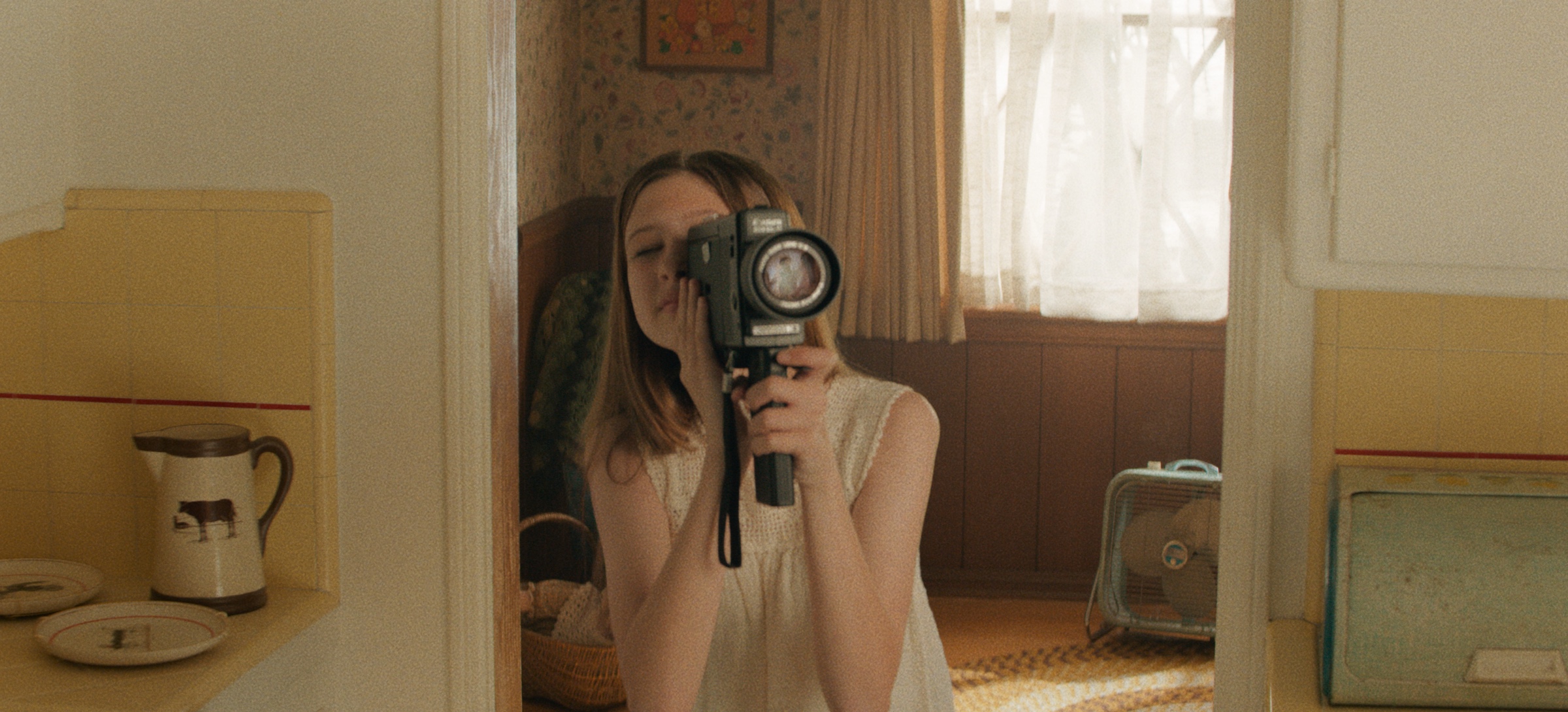
Cinematography of “Voir” by Martim Vian. Courtesy of Netflix.
Kirill: Where do you fall on this spectrum between film and digital as the medium? Would you consider yourself a fully digital citizen of your industry?
Martim: I shoot mostly in digital these days. And most of my professional career as a cinematographer has been digital. I was lucky to work on film in my years in Portugal, both as a student as well as a camera assistant – which I did for five years. So I was lucky to have that experience with film before moving into the digital world.
Digital is in many ways easier to use, and it’s more economical as well. And honestly, most projects simply aren’t able to afford film these days. I love both formats. They both have a place in filmmaking. I don’t think the format has to determine the quality of a movie or series in any way.
I also think they’re just tools. The important thing is to tell a story, to create characters, to move the audience. There was a debate of film versus digital a few years ago, but now I see them as two tools. You pick between two sets of lenses, you pick between different ways you can light a scene, the same way you can pick between film and digital. They’re tools in the box.
And cinematographers, directors, and producers are there to decide where to allocate their resources, where to invest their time and budget, all to better serve the story.
Kirill: Going back to what you said that you love being at this intersection of art and technology, do you place more importance on one of them, or is it a balance between the two?
Martim: It is a balance, but in the end, the technical side needs to be there to serve the artistic side. I have a technical brain, so I enjoy that side a lot, but anything you do at the technical level should serve a purpose for the story. You don’t want your choices to ever feel gratuitous. As far as how they compare to each other, it varies. It varies from moment to moment, from project to project, and from DP to DP.
On one hand the technical side is more quantitative. It’s easier to talk about, to address, to learn, to teach, because it’s math and physics. It’s these things that you can describe to other people. I want a light at this height, at this distance, with this quality – they’re physical characteristics. But the other side of filmmaking is much harder to define and to communicate. It’s also the one that creates a reaction in people.
It’s a balancing act, and the balance itself shifts depending on where you are. Even within the same project there might be a scene where you want to create a space for the actors to perform and not be bogged down by the technical side of filmmaking, so you might design that scene in a way that is technically less complex. You might put all the lights outside the set, for example, so that they can move around freely in that space. And then in the same movie you might have a fight sequence, and those are usually done by shooting little bits of action that only work from a specific angle, and then come together in the edit to make it feel like this thing is happening in sequence when it really isn’t. So, with a scene like that you have to be technical. I find that it depends on the movie, or the scene or the people you’re working with, and what you are trying to achieve. One requires the other. You always need both. It’s just a matter of which one you lean on at that particular moment.
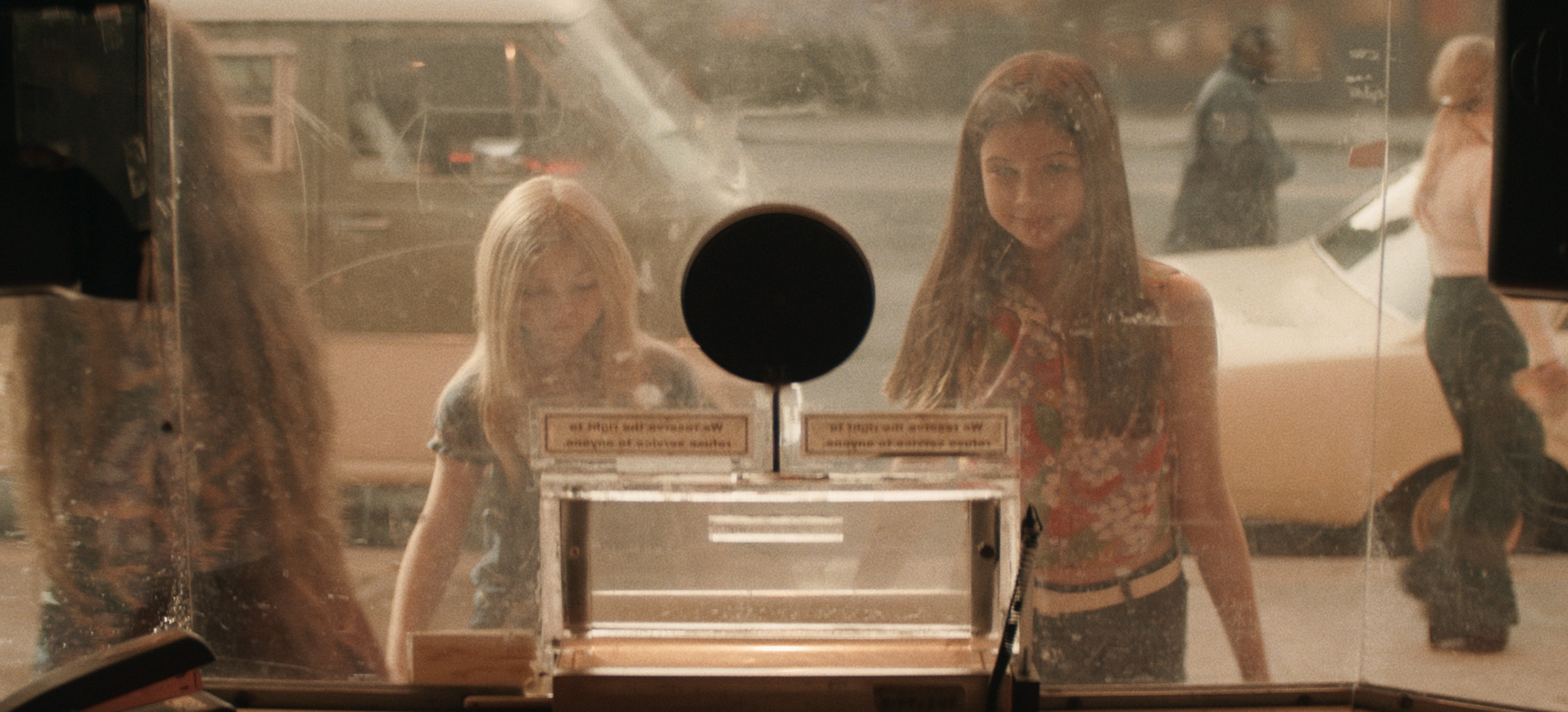
Cinematography of “Voir” by Martim Vian. Courtesy of Netflix.
Continue reading »
Continuing the ongoing series of interviews with creative artists working on various aspects of movie and TV productions, it is my pleasure to welcome Cynthia O’Rourke. In this interview she talks about the often-invisible art and craft of makeup, the evolution of it in the world of high-definition productions, the role of storytelling in our lives, and the impact of the ongoing pandemic on her industry. Around these topics and more, Cynthia dives deep into her work on “A Mouthful of Air”.
 Kirill: Please tell us about yourself and the path that took you to where you are today.
Kirill: Please tell us about yourself and the path that took you to where you are today.
Cynthia: As a kid I always loved movies and storytelling. But as I got older, I started wondering how they did certain things. When you’re a little kid and you’re watching a horror movie, you’re so wrapped up in it and you’re not thinking about the technique behind it, because you’re thinking it’s real. But as you get older and more mature, you understand that that person didn’t really just have their leg chopped off or whatever. But how did they fake it? I was so fascinated by that question
I had a part-time job in middle school making $20 a week. I’d take that money, I’d go to the video store and I’d rent a movie for myself for the weekend. I have four siblings, so being able to pick a movie that was my choice and nobody else’s was this special little treat I gave myself. I started watching silent movies with Charlie Chaplin, and old classics as well as the new releases. I remember “Braveheart” having a big impact on me. I’d fast forward and rewind and watch these big battle scenes to understand the illusion of these people dying when I know they didn’t die.
Around high school I was trying to figure out what I wanted to do with the rest of my life for college. I was really good at science so I was thinking pre-med or I was going to apply to film school – so I made a deal with myself that if I got into film school, I would do that. I ended up going to Tisch School Of The Arts at NYU for film and television, and that was my undergrad. There, I fell even more in love with film because now I was learning all about behind the scenes, how to do it. I was fascinated with the storytelling element of editing, and when I graduated, that’s the direction I took. This was right after 9/11 and in the middle of a recession. A lot of the post-production work that was happening in NYC had left so there weren’t many great job opportunities or places to work your way up into the craft. I ended up becoming disenchanted with post and I started looking for other avenues that I could pursue while still staying in film & TV.
One of the things that I loved in college was the special makeup effects class I took. So I took a leap and left my assistant editing job. I went to makeup school, did a course for character, beauty makeup and special effects, and started freelancing until I got into IATSE Local 798 – the union for makeup artists on the East Coast. That’s my origin story!
Kirill: Do you feel sometimes, and maybe it is more pronounced in the US, that we expect young adults to know what they want to do for the rest of their lives when they just graduated from high school?
Cynthia: I know I felt that way when I was a senior in high school. Now as an adult, with kids of my own, I know that you can be interested and pursue many different things. You don’t have to be locked in. But there’s this expectation on kids: “You’re going to decide what you want to do, you’re going to go to college, you’re going to get on that path, you’re going to keep on that path and then eventually one day you’ll retire”. It’s an illusion. It’s not real. But I know I felt it as a kid, all this pressure to make up my mind right now, and to know and decide.
Kirill: Looking back at your first few productions, as you were seeing all the behind-the-scenes tricks of how “movie magic” is made, did it diminish in any way your enjoyment of watching a story unfold before your eyes when you go to a movie theater?
Cynthia: I have a hard time watching projects that I’ve worked on, because I’m thinking of being on set and what happened that day. But if I’m watching someone else’s work , usually I can suspend my disbelief. I’m a makeup artist, and sometimes if there’s something really distracting about the makeup, it can take me out of the story. But usually, as long as it’s not something I’ve worked, I can get into it and get enveloped in the story.
Kirill: If you look back at the last 15 years, do you find that you are expected to do more? Our screens are getting bigger in size, and have higher resolution, and perhaps that is raising the expectations from every department.
Cynthia: As a makeup artist, it’s not necessarily that we’re doing more for HD. Sometimes we’re doing less. When you have lower resolution and smaller screens, contrast is more important and you’re able to do optical illusions in a way to change shape and textures.
When you’re working in HD, your approach has to be quite different. I don’t want to say it’s less work, because actually I think it’s more work. You have to be really subtle. Think about painting: You can throw on the oil paint, and it’s thick and textured, and up close it’s a bit of a mess. But step back and you have Monet’s Water Lilies. Or you can have a watercolor painting where the texture is so subtle and the surface is completely flat but the image looks real enough to touch. Working in HD is a little bit more like doing the watercolor part of it and it takes a lot of work to achieve that. You have to really be subtle about it.And because the makeup is so subtle, there’s this mistaken idea that we haven’t done much to that actor’s face [laughs]. People don’t really understand or see what it is we’ve done, because it’s so subtle. That’s something that comes up a little bit. Even our colleagues in other departments might have no idea what went into making that person look completely flawless.
Kirill: Does that make your blood boil a little bit to hear people say that it’s a “natural” look without realizing how much work might go into that?
Cynthia: When I was younger, my blood would boil, but now it rolls off my back. There are people in the business who know better, and those are the people I like to work with – the ones who appreciate what the Makeup department brings to the table.
There’s so many different people and departments who work on a film and make it happen. We’re all collaborating, we’re all adding something. The Makeup department is not there for no reason. We’re there for a reason, and we have our own little part to contribute to the whole thing.

Continue reading »
Continuing the ongoing series of interviews with creative artists working on various aspects of movie and TV productions, it is my pleasure to welcome Chris A. Peterson. In this interview he talks about the transition of the industry from film to digital, the role of an editor in bringing stories to our screens, and what stays with him after productions wrap up. Around these topics and more, Chris dives deep into his work on “American Crime Story: Impeachment”.
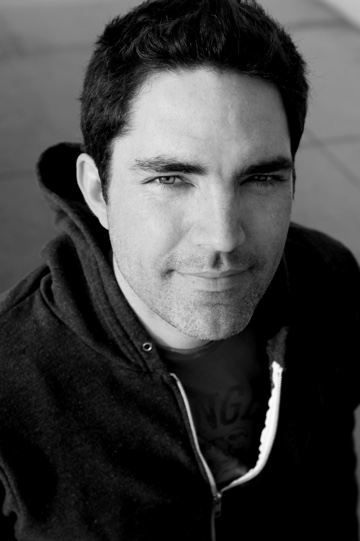 Kirill: Please tell us about yourself and your path to where you are today.
Kirill: Please tell us about yourself and your path to where you are today.
Chris: My dad was a huge movie buff. He was a big Stanley Kubrick fan, so I saw every Kubrick film at least ten times as a kid, including “A Clockwork Orange” where he fast forwarded through the really brutal parts. I gained my love of film through Kubrick and Spielberg.
When I was a senior in high school, I took a film video class as an elective. Every class the teacher would show a movie, and I thought most of them were great, but it wasn’t until we watched “The Graduate” and saw the scale of artistry in that film that I was totally hooked. I said this is what I want to do. At that point I had already applied to colleges, and I changed my major right then to film.
During that same film and video class in high school, we had to put a couple short little films together. We had to shoot in them, act in them, do everything – and I loved the editing process the most. I thought the production part of it felt chaotic but I loved the amount of control that I had in the editing. It’s a quiet room and I felt like I could think more. And later on in college, as we were doing all these different parts – directing, shooting, writing, acting – I always felt like I came back to editing. It was a place I felt comfortable in, a place where my creative strengths were.
Kirill: How different was it back then when you were starting out if you look at the tools at your disposal from then to now?
Chris: I was filming on videotape in high school in the early ’90s, and then editing on videotape as well. Then it started the same in college, and towards the end of undergraduate we got into shooting 16mm film and cutting on flatbeds. My college was not well funded in that department, so we didn’t have any computer editing systems.
It wasn’t until I graduated that I had my first experience working on a computer based non-linear editing system. My first job after graduating college was on a documentary. When the director asked if I ever used a Media 100 (an old non-linear computer editing system) I completely lied [laughs] and said I knew how to use it. So he left me there with the computer and I found the how-to book under the desk.
Kirill: So that was before the age of Youtube?
Chris: That was in the mid-’90s — way before YouTube. Flipping through the book I learned how to edit on a computer in about 30 minutes, mostly because I was scared of losing my job [laughs].
I liked editing tape to tape and cutting on a flatbed but once I got to cut on a computer, it completely changed the world for me.
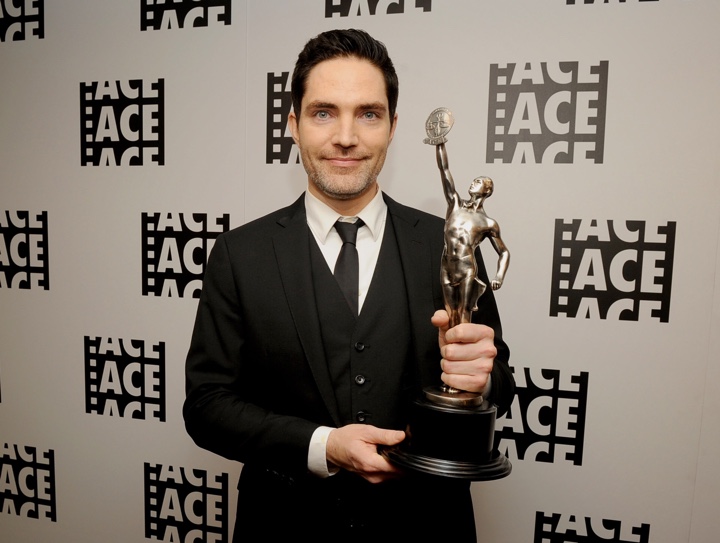
Kirill: Do you think there’s any advantage for people who did come up during that time of transition from film to digital, or might some be holding on to those memories for more nostalgic notions of how it felt to hold a strip of film in your hands?
Chris: For me, having had worked on a 16mm film flatbed was transformative, and I think it still has an effect on how I edit to this day.
A lot of times, a cut you were doing on a flatbed would take at least 10 minutes, and if you were cutting multiple tracks of audio, it could get much more complicated. So every time you were going to do a cut, you really had to think about what you were doing. Every time you look at a 16mm film strip, you see that every shot up is made up of a bunch of individual frames, and that frames have value.
In non-linear editing these days you can do and undo everything in seconds. You gain speed but one of the issues is sometimes forgetting how important each frame is — two frames this way or two frames that way, what difference does it make? It matters.
If I were taking a film editing class, I would make everyone start out on a flatbed, just to understand the importance of a frame.
Continue reading »
![]() Kirill: Please tell us about yourself.
Kirill: Please tell us about yourself.![]()